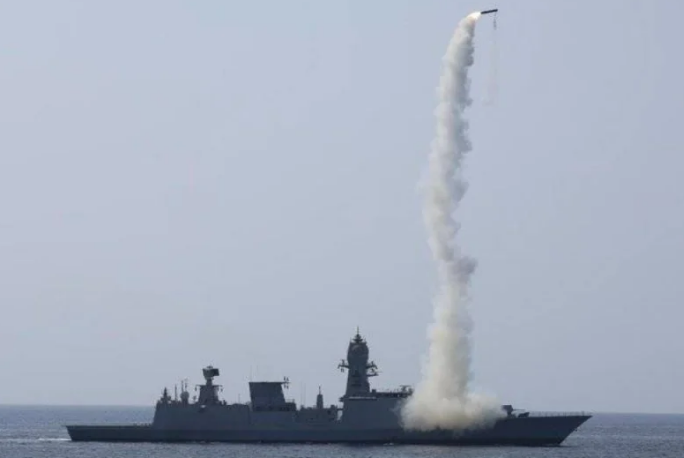NASA and SpaceX successfully launched the Crew-10 mission to the International Space Station (ISS) on Friday evening, marking a key step toward bringing home two American astronauts who have been stranded in orbit for nine months.
A Falcon 9 rocket lifted off from NASA’s Kennedy Space Center in Florida at 7:03 p.m. ET (11:03 p.m. GMT), carrying a four-member crew to relieve astronauts Butch Wilmore and Suni Williams. The duo has been stuck on the ISS since June 2024, after their Boeing Starliner spacecraft developed propulsion issues, making it unsafe for their return.
A Long-Awaited Rotation Flight
The Crew-10 mission, which was originally planned as a routine rotation flight, has taken on heightened significance. The arrival of the new astronauts will allow Wilmore and Williams to finally return to Earth alongside two other crew members: NASA astronaut Nick Hague and Russian cosmonaut Aleksandr Gorbunov.
Hague and Gorbunov had flown to the ISS in September 2024 on a SpaceX Crew Dragon capsule, which was left with two extra seats to accommodate Wilmore and Williams’ eventual return.
NASA Deputy ISS Program Manager Dina Contella confirmed that Crew-10 is expected to dock with the ISS on Saturday at 11:30 p.m. ET, with Wilmore, Williams, Hague, and Gorbunov scheduled to depart as early as 4 a.m. ET on Sunday.
The newly arrived Crew-10 team will remain on the ISS for approximately six months and consists of NASA astronauts Anne McClain and Nichole Ayers, Japanese astronaut Takuya Onishi, and Russian cosmonaut Kirill Peskov.
Political Pressure on the Mission
The extended stay of Wilmore and Williams has drawn political attention, with President Donald Trump and SpaceX CEO Elon Musk claiming—without evidence—that former President Joe Biden had delayed their return for political reasons.
NASA officials, however, have consistently stated that budgetary constraints and operational planning were the primary reasons for keeping the astronauts in orbit.
“We came prepared to stay long, even though we planned to stay short,” Wilmore said in a recent interview from space. He emphasized that the decision to extend their mission was not politically motivated but rather a necessary step in spaceflight contingency planning.
Challenges in Mission Readiness
The Crew-10 mission faced some last-minute technical challenges, including a fuel leak on a recent Falcon 9 launch and degradation in the coating of the Crew Dragon’s thrusters. Despite these setbacks, NASA officials expressed confidence in the mission’s safety.
NASA’s Commercial Crew Program Manager, Steve Stich, acknowledged the “unusual flow” of preparations, while NASA’s Space Operations Chief Ken Bowersox noted that working with SpaceX has required NASA to adapt to the private company’s fast-paced approach.
“We’re not quite as agile as they are, but we’re working well together,” Bowersox said.
Return Home at Last
Throughout their extended stay, Wilmore and Williams have remained active, contributing to scientific research and routine ISS maintenance alongside their fellow astronauts.
Williams recently expressed excitement about finally heading home, particularly to reunite with her family and two dogs. “It’s been a roller coaster for them, probably more so than for us,” she said.
With Crew-10 safely en route to the ISS, the long-awaited return of Wilmore and Williams is finally within reach, closing a turbulent chapter in NASA’s recent spaceflight history.


